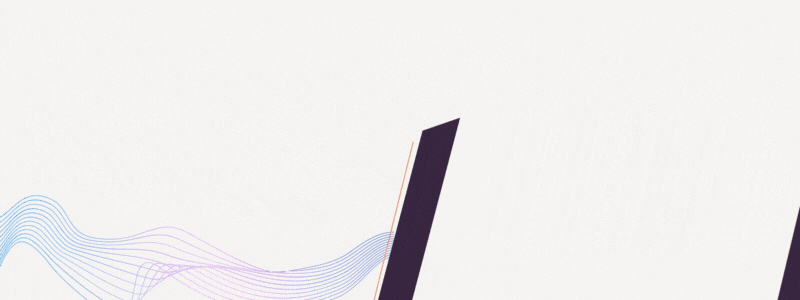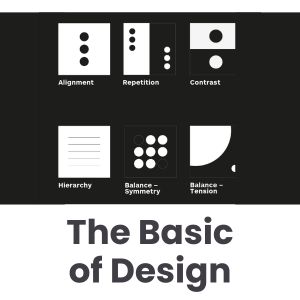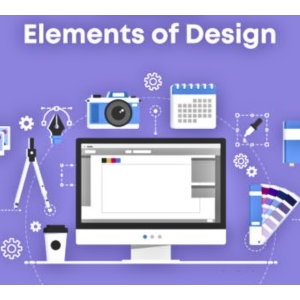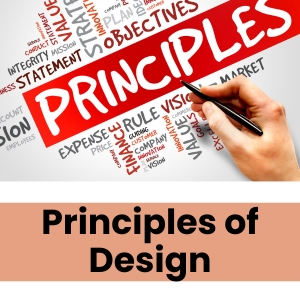Announcement
Get Ready for INDUS CUP 2K26! | Dates: 5–10 January 2026 | Stand a Chance to Win Cash Prizes up to ₹10,00,000!...Read more Get Ready for INDUS CUP 2K26! | Dates: 5–10 January 2026 | Stand a Chance to Win Cash Prizes up to ₹10,00,000!
We are excited to announce the Indus Hackathon 2025, an exhilarating one-day event organized by the CSE Department of Indus University....Read more We are excited to announce the Indus Hackathon 2025, an exhilarating one-day event organized by the CSE Department of Indus University.
26th ISTE Faculty Annual State Convention will be held at Indus University on April 27, 2023....Read more 26th ISTE Faculty Annual State Convention will be held at Indus University on April 27, 2023.
Get Ready for INDUS CUP 2K26! | Dates: 5–10 January 2026 | Stand a Chance to Win Cash Prizes up to ₹10,00,000!...Read more Get Ready for INDUS CUP 2K26! | Dates: 5–10 January 2026 | Stand a Chance to Win Cash Prizes up to ₹10,00,000!
We are excited to announce the Indus Hackathon 2025, an exhilarating one-day event organized by the CSE Department of Indus University....Read more We are excited to announce the Indus Hackathon 2025, an exhilarating one-day event organized by the CSE Department of Indus University.
26th ISTE Faculty Annual State Convention will be held at Indus University on April 27, 2023....Read more 26th ISTE Faculty Annual State Convention will be held at Indus University on April 27, 2023.

Making a plan or blueprint for the building of a system, method, or thing is the process of design. It is a crucial component of many professions, including product design, graphic design, engineering, architecture, and many more.
Problem-solving, creativity, and communication are at the heart of design. Designers are responsible for identifying issues, coming up with ideas to address them, and effectively conveying those ideas to others involved in the development process. The design seeks to solve issues in an effective, aesthetically acceptable, and functional manner.
The design process is guided by a number of rules, such as balance, proportion, rhythm, emphasis, and unity. These guidelines aid designers in producing functional and aesthetically pleasing designs.

A design's success ultimately rests on how well it satisfies the needs of its target market. To produce a successful end product, a designer must take into account the demands, preferences, and behaviours of the users or other people who will engage with the design.

The essential building blocks that designers employ to construct their works are known as design elements. The six fundamental components of a design are as follows:
Designers can generate a wide range of visual effects and successfully convey their thoughts by combining these elements.
The rules that serve as a guide for organising and positioning design elements in a way that is both effective and aesthetically acceptable are known as design principles. There are various design principles, some of which are as follows:

Designers can produce aesthetically pleasing and practical designs that successfully convey their ideas by applying these principles.
The design process must include the application of design concepts. Here are some examples of how designers might use these guidelines:
Designers can create designs that are not only aesthetically pleasing but also successful in conveying their intended message to the audience by properly putting these ideas into practice.

Here are a few instances of real-world case studies where design concepts have been used:
Designers can learn how to use design principles in their work and produce aesthetically pleasing designs that effectively convey their intended message to the audience by examining these and other case studies.
